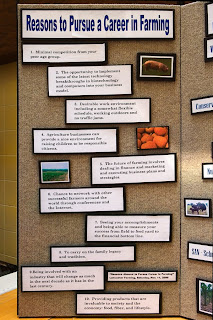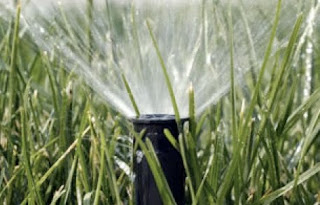
TORONTO, December 23, 2010 /Canada NewsWire/ - The Ontario Greenbelt Alliance (OGA) is pleased to announce that six proposals to expand the iconic Ontario Greenbelt have received approval from municipal councils or committees. The proposals would connect more than 4.5 million additional residents to the world's largest Greenbelt, now in its fifth year.
The proposals demonstrate the continued support for the Greenbelt among Ontarians. Toronto, Mississauga, Brampton, Guelph, Hamilton and Oakville are municipalities working on requests that will ask the Province expand the Greenbelt into their communities.
"As we celebrate the support for growing the Greenbelt, it is also important to note that we are entering a provincial election year and with that comes some uncertainty," said Dr. Rick Smith, executive director of Environmental Defence. "We know that there are groups out there like the Ontario Landowners Association who will be a voice in the next election for unmitigated sprawl and loss of protected greenspace. We are hoping that well in advance of the election, all parties, including the Progressive Conservatives, clarify their stand on the Greenbelt, and their relationship to the Ontario Landowners Association."
Two years ago, the province released "Growing the Greenbelt," a process by which municipalities could identify areas that could be added as protected countryside to the Greenbelt by illustrating how the area would meet seven criteria. Since that time, local citizens' groups and municipal councils have been working to expand the Greenbelt into their communities and build a tangible connection to local farmland and the greenspace that help to clean our air and water.
"We are heartened that this past year saw so many municipalities interested in connecting to the Greenbelt. The recent municipal elections have ushered in a number of new councilors and mayors who are keen to protect what is left of Ontario's greenspace," said Dan McDermott, director of Sierra Club Ontario, a member group of the Ontario Greenbelt Alliance. "We know how important this land is to the people of Ontario, and call on all candidates and parties running in the 2011 provincial elections to also show their support for this essential piece of Ontario's environment."
About Environmental Defence ( www.environmentaldefence.ca):
Environmental Defence is Canada's most effective environmental action organization. We challenge, and inspire change in government, business and people to ensure a greener, healthier and prosperous life for all.
About the Ontario Greenbelt Alliance ( www.greenbeltalliance.ca):
The Ontario Greenbelt Alliance is a diverse multi-stakeholder coalition of close to 100 organizations who share a common vision for protecting and expanding the Golden Horseshoe Greenbelt. Environmental Defence is the coordinator of the Ontario Greenbelt Alliance.


















.jpg)















